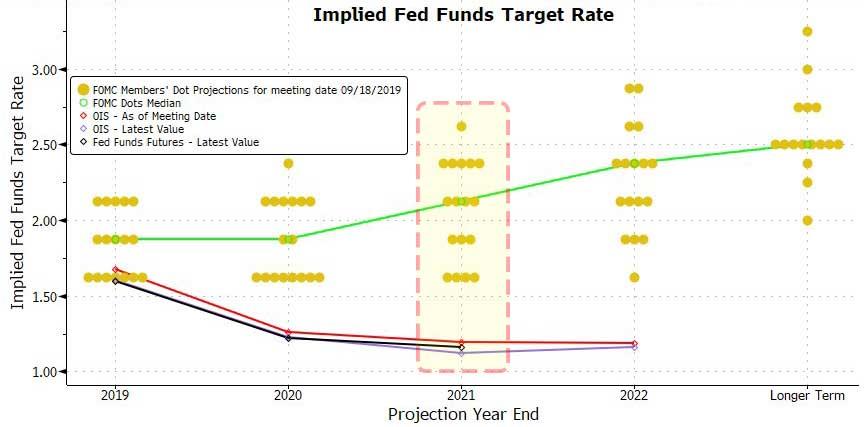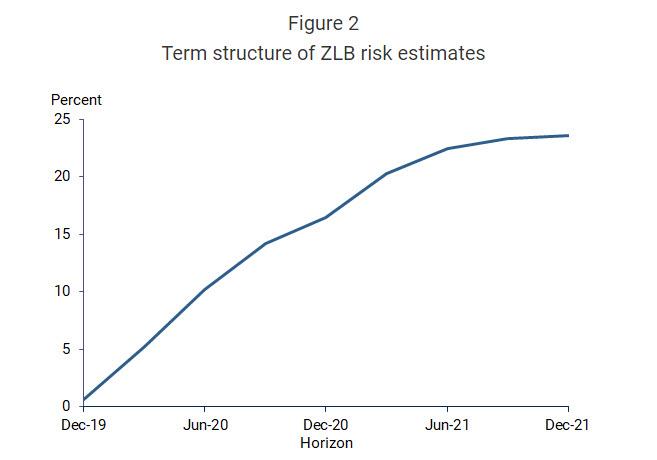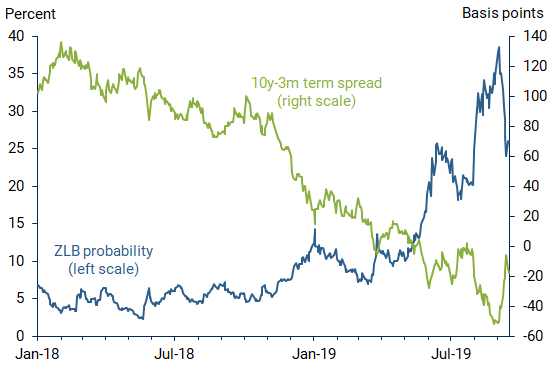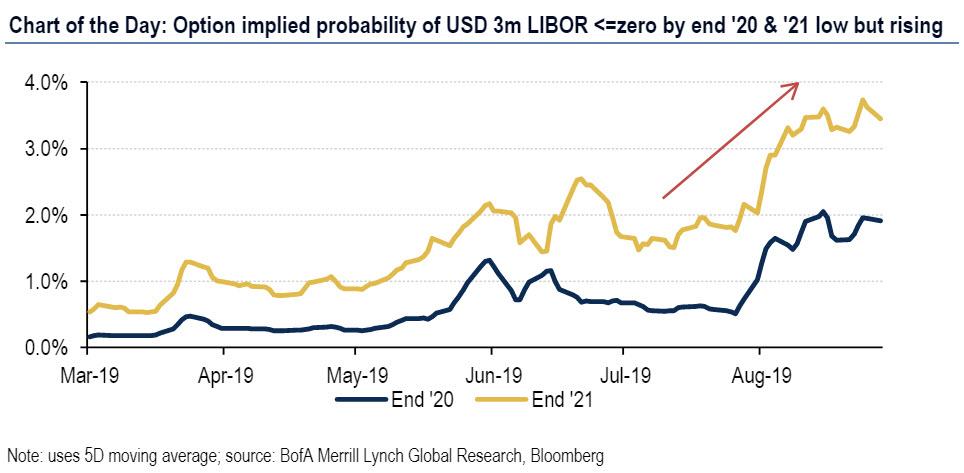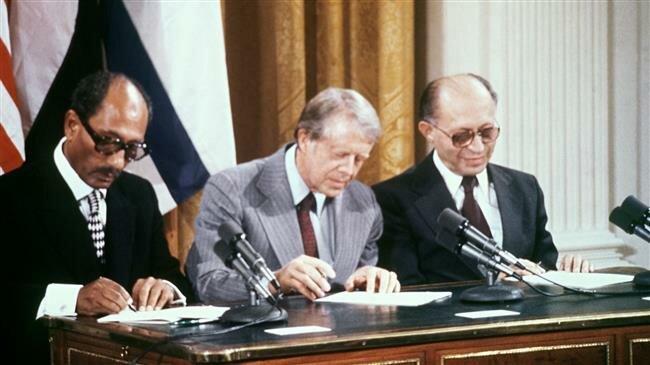Luongo: Did Trump Just Fall Into Aramco’s Trap?
Authored by Tom Luongo via Gold, Goats, ‘n’ Guns blog,
Now that I’ve had a week to process it, the attack on the Saudi Abqaiq oil processing facility was more than a brilliant operation, it was a trap.
And, unfortunately, President Trump just fell in it.
My initial reaction to this was that it could have easily been a false flag to gin up a war with Iran on the eve of Israeli elections. The initial spate of questions hadn’t been answered adequately.
As the week went along, however, it became clear that the responses from all concerned to this attack that the those that took responsibility for it, the Houthis in North Yemen backed by Iranian technology, were the ones that did it.
And it all comes down to the same thing, the Saudi Aramco IPO.
This is a $400 billion deal that is vitally necessary for Crown Prince Mohammed bin Salman to pull off. His plans to modernize the Saudi economy rest completely on this deal and keeping the price of oil from collapsing into the $50’s or even $40’s worldwide.
So while Saudi Arabia and Israel had incentives to stage a ‘false flag,’ Iran and its allies had even more incentive to cripple Saudi oil infrastructure to try and scuttle the Aramco IPO by bringing into question the kingdom’s ability to control not only its borders but also its future production.
The threat to Saudi Arabia goes far beyond the Aramco IPO, however. The future of the country is at stake. Iran knows this, that’s why it happened.
And every reaction so far to this story supports the latter theory than the former. So, as much as some would like to blame Israel in this life for everything bad that happens, I don’t see it this time.
Look at it this way:
-
Iran has been smirking behind their beards at the U.S. and Saudi Arabia.
-
The Saudis have provided accusations with zero proof.
-
Saudi Oil Minister Abdulazziz bin Salman has been running around assuring the markets everything is fine. (Read this puff piece from CNN).
-
Trump refused to go to war over this incident.
-
Trump instead added sanctions on Iran.
-
The Fed cut interest rates and opened up a daily $75 billion repo facility due to dollar illiquidity.
-
The Israelis hit the Al-Bukamai border crossing between Iraq and Syria on Sept. 17th and 18th.
Because if the Aramco IPO fails this time around the Saudis have a very limited time frame for solvency without drastically overhauling their financial system and monetary policy.
That’s why there was the mad scramble to send Secretary of State Mike Pompeo over to Jeddah.
What do I mean by President Trump walking into a trap? He announced he’s moving troops into Saudi Arabia, specifically citing economic concerns.
Saudi Arabia requested what the secretary described as “extra defensive support,” he said, and it will “send a clear message that the United States supports our partners in the region.” The move was also made with commerce in mind, as the attack included as a target the world’s largest oil processing facility.
The extra troops would help “ensure the support free flow or resources necessary to support the global economy,” Esper explained.
This is a clear move to shore up the Saudis against Iran-backed aggression and assure investors that Aramco has friends and your returns are guaranteed.
I’m sure Tulsi Gabbard is overjoyed at her ‘brothers and sisters’ being sold to the highest bidder.
This is a $400 billion deal that Wall St. punters have choked on for three years trying to drum up support for. Now that they finally have it lined up, after Trump subordinating U.S. foreign policy to it and Israel for his entire term in office, a few well-placed drones threatens to bring the entire thing crumbling down.
But this is a trap. Iran had to see this as a potential outcome of the attack and committing U.S. troops looks like a ‘check’ move to Iran’s pushing the pawn.
But it’s not. Because the U.S. can’t actually engage here without enmeshing Trump in a quagmire that is deeply unpopular back home and likely more damaging to the markets than if Trump didn’t move troops in.
Because now, with troops on the peninsula, there’s greater potential for conflict.
Moreover, the Houthis have made their point, they can hit the Saudis anywhere. And on the heels of my last article, we have reports now that they have made an incursion north into the province of Jizan.
First, attack far to the east with drones. Second, get the U.S. to commit troops to protect the oil fields and then pressure the Saudis on the ground where they aren’t looking and where American troops can’t be lest some of them come home in body bags.
As Patton would say, “This is where we hold ’em by the nose and kick ’em in the ass.”
What are the U.S. troops going to do, actually? In the end, we’re now using them as human shields to protect a country which invaded their neighbor, is on the brink of financial breakdown, and can’t effectively fight the chaos it’s unleashed.
Let’s take this one step further.
With Benjamin Netanyahu losing the election on Tuesday and likely on the outside of Israeli policy, if not civil society, the Trump administration’s plans for a deal between Israel and the Palestinians is in jeopardy.
A year ago Trump told the Saudis they would have to fend for themselves. Today he’s sending troops to protect Aramco.
What was the point of producing all this oil domestically if we’re going to spend what little money it produces in free cash flow to shore up the Saudi government?
The Kushner deal between Israel and the Palestinians been on hold for most of this year since Egpyt’s President al-Sisi rejected Trump’s overture to join Trump’s Arab NATO alliance to secure Israel’s southern border.
Events since then have conspired to keep its proposal delayed officially.
So, imagine my shock that this weekend I woke up to a headline that there are street level protests against al-Sisi’s government that sprang up ‘suddenly’ and without warning.
Say no to Mafia Don’s foreign policy goals? Be regime changed.
How much further is Trump going to go to stitch together this deal? So far he hasn’t been willing to engage in direct confrontation but that’s where this response heads him towards. It leaves U.S. troops vulnerable not only to an actual attack but also to a false flag involving the deaths of American soldiers.
The President had a choice and he chose poorly.
* * *
Join my Patreon if you want to know why things keep happening. Install Brave to disempower Google from keeping you from knowing.
Tyler Durden
Mon, 09/23/2019 – 19:05
via ZeroHedge News https://ift.tt/2mixNco Tyler Durden

